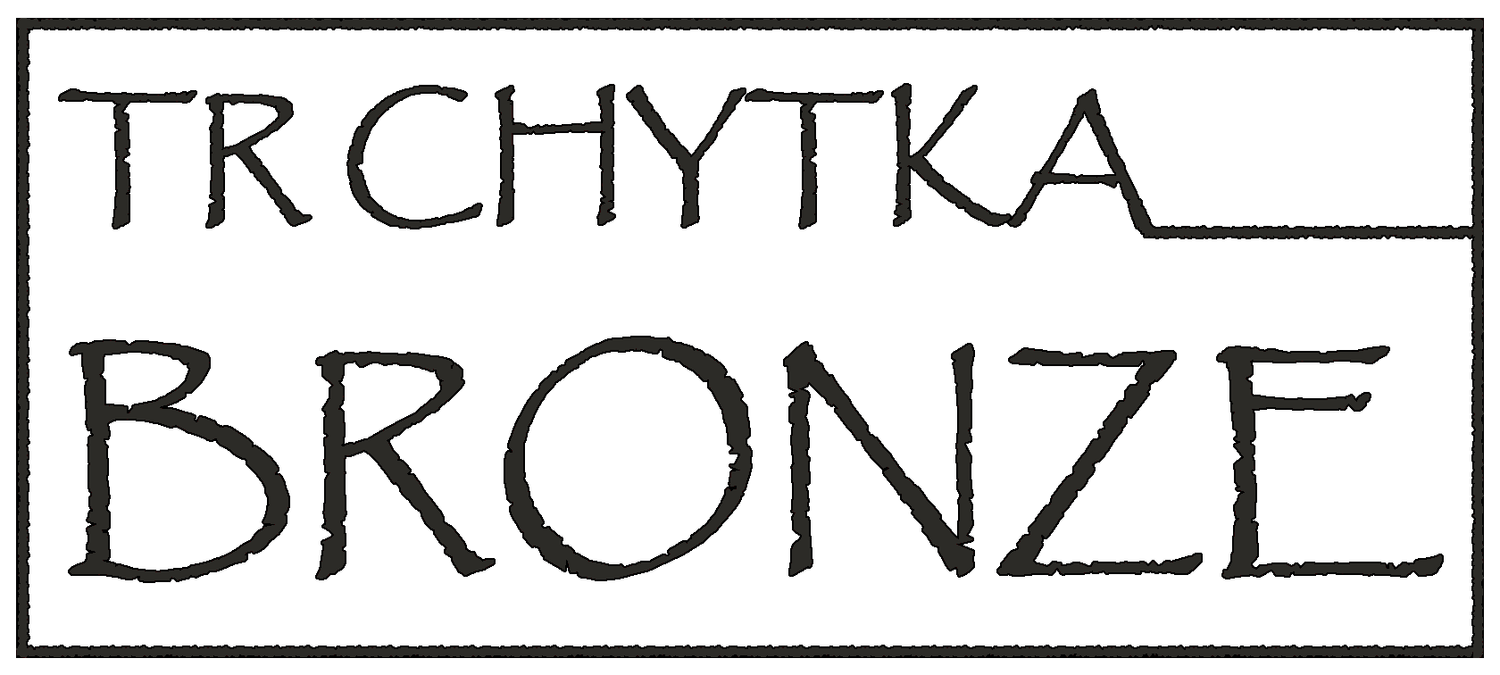Meet the Craft
Black Hills TV and Tony “TR” Chytka take a look inside the artist’s studio for an in-depth behind-the-scenes on his family bronze artwork.
Lost Wax Method
The lost wax technique has been around for millennia and forms the basis for casting many forms of metal into things such as dental crowns, jewelry, auto parts and art sculpture. Patterns are "invested" in ceramic materials and then melted or burned out to leave a cavity for molten metal.
Creating the Shapes and Wax Patterns
In the art world, the process of a solid cast usually begins by sculpting in clay or another similar medium. A mold is then made, usually from rubber or silicone, and reinforced with something like fiberglass. It is inverted and filled with casting wax. The mold is removed and the artist "chases" surface imperfections with special tools to fix any flaws. In the dental industry, crowns are "waxed" (carved) to models made from dental impressions, and in the jewelry industry, custom designs are often carved from scratch out of wax to make the patterns.
Gating or Spruing the Wax Pattern
The wax pattern cavity that will eventually be left for casting needs to have gates or sprues for the molten metal to get to all nooks and crannies and to flow to all of the pattern as close to the same time as possible. The artist needs to consider this sprue design as it is an important part of the process. Sprues or gates are created by attaching rods or small tubes of wax to the pattern or by using pre-fabricated sprue trees. Although metal in the sprues can be reclaimed and recycled, the goal is to minimize initial costs by using the least amount of metal possible when casting---especially if working with precious metals.
Dipping or Investing
The complete pattern, with sprues, is customarily dipped or coated in a vibrating vat of suspended liquid ceramic. This is done in layers, starting with finer material near the surface and working out to more strong and supportive material, until the pattern is completely encased in a housing that is strong enough to withstand the weight, temperature and pressure of casting (sometimes the entire unit is embedded in sand for additional support). In the case of small castings like dental crowns and jewelry, the patterns are "invested" all at once in a very fine material that is contained by an investment ring. The finer the investment material the more detail possible in the casting and the less finishing time required to achieve polished surfaces.
Final stages on the Clint Johnson statue located at the Casey Tibbs Rodeo Center.
Click the button below to learn more about the Casey Tibbs Rodeo Center and TR’s sculptures on display.








